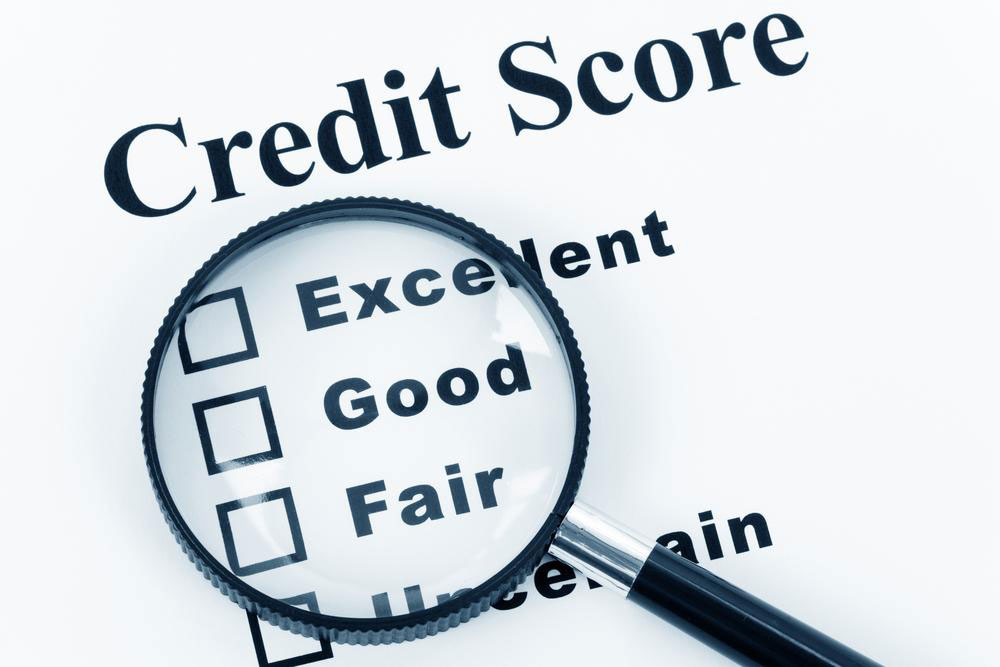Effective Strategies for Using Junior Mortgages Wisely
Learn how to effectively leverage junior mortgages for property-related expenses while minimizing risks. Understand the functions, benefits, and potential pitfalls of second mortgages like HELOCs and home equity loans, and get expert tips on responsible borrowing. Stay informed with the latest mortgage insights to make well-informed financial decisions and avoid common pitfalls associated with secondary loans.
Sponsored

A junior mortgage, also known as a subordinate or secondary loan, is acquired after securing the primary mortgage on a property. In case of foreclosure, the primary mortgage is settled first.
Understanding How a Second Mortgage Functions
A second mortgage is a loan taken against a property that already has an existing mortgage. The initial mortgage holds the senior position, while the second is considered subordinate. Typically, these are best used for home-related expenses rather than personal uses.
To obtain a junior mortgage, you must apply against your home that already has an active mortgage.
The senior mortgage must be paid off first. While interest rates on junior loans are generally lower than other credit types, they often exceed those of primary mortgages. Typically, primary mortgages are used for purchasing homes, whereas junior mortgages often fund renovations, repairs, or other home improvements.
The most common forms of junior loans include home equity loans and HELOCs (Home Equity Lines of Credit). With home equity loans, a homeowner can borrow a fixed amount as a second mortgage.
HELOCs offer more flexibility, allowing homeowners to borrow against their home and draw more funds repeatedly, similar to credit cards.
Advantages and Purposes
A key benefit of junior mortgages is their lower interest rates compared to other credit forms. They are frequently utilized for:
• Paying off high-interest debts
• Funding home upgrades and repairs
• Covering medical expenses not insured
• Financing college tuition
• Providing financial stability during job loss
Disadvantages
The main concern with junior mortgages is increased debt load, raising financial risk. Defaulting on a second mortgage, even after paying the primary, can lead to losing the home.
Related Read: 6 Ways to Purchase a Home Without a Mortgage
Exercise Caution with Spending
Overspending poses a risk—using a second mortgage to pay off existing loans and then accumulating new debt can jeopardize your financial security. Borrowing against your house for unnecessary expenses amplifies this danger.
The Risk of Going Underwater
Declines in property value can result in owing more than your home’s worth, making a sale less profitable or even impossible without debt.
Be Mindful Before Borrowing
To avoid financial distress, only incur loans that are necessary and carefully planned. Impulsive borrowing can lead to long-term issues.
Stay Informed on Mortgage Trends
Follow us on Facebook and Twitter for the latest updates on mortgage strategies and financial planning.






